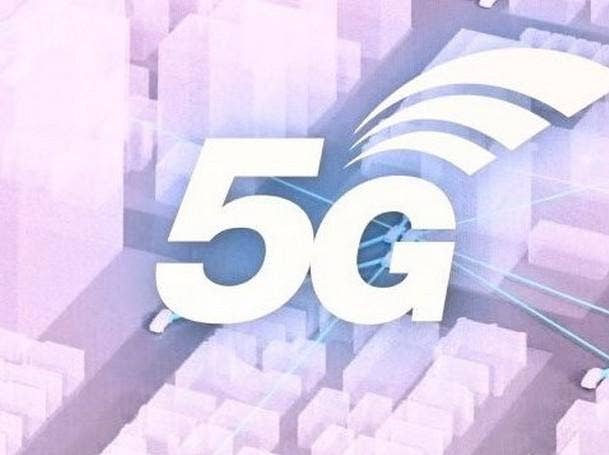5 Predictions On The Future Of 5G From CES 2021
From the industries that will be transformed by 5G to the partnerships that will be needed for widespread 5G adoption, here’s what we learned about what to expect from 5G at CES 2021.

The Year Of 5G
5G has been practically a buzzword for the last several years, but 2021 is going to be an inflection point between network readiness and availability of 5G, according to a panel at CES 2021.
The fifth-generation global wireless technology is unlike 4G, its predecessor technology. 5G cellular technology can deliver data rates orders of magnitude higher than current 4G networks, but besides high speeds, it promises low latency and the ability to connect many devices without being bogged down. That’s why 5G will not only strengthen and greatly improve existing use cases, but it will also power brand-new experiences that will become a reality for the first time, like augmented reality.
Drew Blackard, vice president of mobile product management for Samsung Electronics America and Denise Gibson, co-founder and chair of Ice Mobility, a global supply chain solution provider, weighed in on the future of 5G as the technology continues to be deployed around the globe at CES 2021.
From industries that will be transformed by 5G, to the partnerships that will be needed for widespread 5G adoption, here’s what the executives had to say about 5G at CES 2021.
Better With 5G
The fifth-generation cellular technology can deliver data rates of 10 to 100 times faster than current 4G networks, which will greatly improve user experience and the performance of use cases that are already in existence, Blackard said.
In the future, 5G will provide higher qualities of service, lower latency, and higher bandwidth, which will help improve user experiences both in the consumer and business space, from cloud gaming, to telehealth use cases.
Only On 5G
As next-generation networking infrastructure develops and 5G is put in the hands of more people in more locations, brand new, or only on 5G use cases are going to start to crop up, said Blackard.
Augmented reality, for example, is a use case that will be made possible for the first time with 5G. Samsung and AT&T have teamed up, along with the NFL team, the Dallas Cowboys, to create an in-stadium experience that fans will be able to access on 5G devices. Fans will be able to overlay rich player content and statistics while inside the stadium to improve their time at the game, Blackard said.
Partnerships
To make 5G a reality, multiple layers of partnerships will have to take place between device manufacturers, carriers, and software providers, as well as a great deal of investment. And partnerships that are driving 5G opportunity are already evolving, according to Gibson.
5G will be more cost-effective over time for businesses and carriers because of its low-power requirements. To that end, there‘s a push to move more people and mobile devices to 5G by peripheral manufacturers and service providers who are working together on use cases, such as smart cities and homes, she said.
Partnerships are essential in powering meaningful 5G use cases, Blackard said, noting that 5G is not a “single-player” concept because it requires infrastructure, devices, and content and services.
5G And Edge Computing
5G will fuel innovation at the edge because it will speed up compute and processing power at the network edge. Ultra-fast speeds and data transferring won‘t only be available to devices, but also at the edge of the network.
5G and edge computing will bring to life a variety of new use cases behind the scenes, especially in the IoT and connected devices space for businesses and in the home, Blackard said. The 4G network of today, he added, can‘t handle this need for computing at the edge.
Transformed by 5G
While much of the talk about 5G has been largely in the consumer space, the latest cellular technology is going to transform business for a variety of industries, Gibson said.
Supply chains for large retail giants and manufacturers, for one, will see brand new efficiencies and built-in intelligence thanks to 5G-powered use cases. Efficient supply chains will also lower the environmental impact and footprint of many businesses, too, she said.
Industries that are already starting to transform -- even despite the global COVID-19 pandemic -- thanks to 5G, are telemedicine, and mobile connectivity to rural areas, Blackard said. As 5G is further built out in 2021, parts of the U.S. will be getting access to broadband-like speeds for the first time.